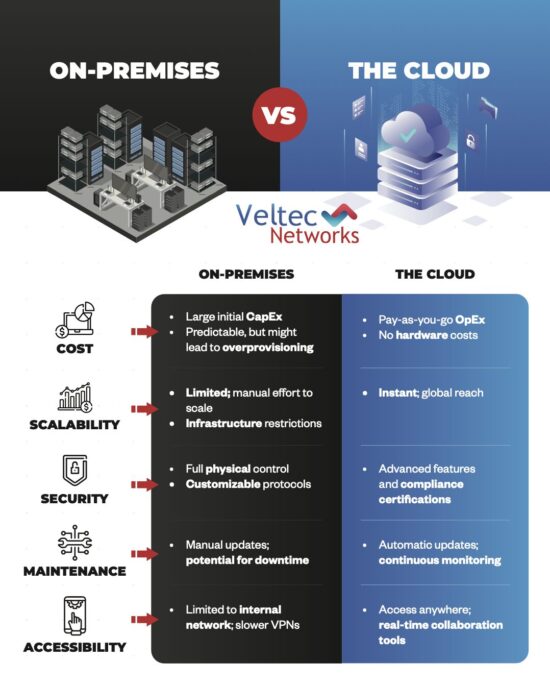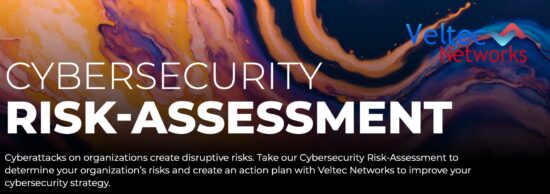Holding the title of Chief Information Officer (CIO) sounds important – and it is – but developing an understanding for why and how designating a CIO can make a difference within your operational environment is the most important factor. The primary responsibility of a CIO is to find ways to utilize technology in a way that enhances and maximizes business potential. In addition, the CIO should be a step ahead of the game – determining effective standards of use and looking into the future of technological innovation in order to find supplementary solutions moving forward.

With a more clearly-outlined job description, it becomes easier to recognize the specific benefit their direction can offer a business. In the modern, fast-paced, technological world we live in, having a CIO seems necessary for operational functionality. However, this is often much easier for larger companies with more financial resources available to fill a full time CIO role.
For smaller organizations, working in a more financially limited context, the first step is conducting a needs assessment. Do you consistently use enough technology to require a fulltime CIO? If you’re technological burden is less heavy, what other options can be employed to reap the benefits of CIO leadership? Determining the needs specific to your organization is made a little easier with the following considerations:
How big is your operational workforce?
Understand the size of your team and the ways in which that team is organized to fulfill operational objectives. If you’re dealing with upwards of 250 team members, having a full-time CIO on staff is probably a good idea. But there has to be a consideration of more than just the sheer size of your business – determining what technology means for your company and how your team uses it is most important.
How does technology play into your business?
Does technology play a daily role in business operations? Do you have specific security concerns? What kinds of devices and software applications are being employed? How often do you require data access and sharing capabilities? Coming to understand the answers to these questions will lay the ground work for finding organizational solutions to correspond with the technological characteristics of your organization.
Don’t just think about now – always be looking forward.
Where will your business be sixth months from now? What about six years from now? Having a far-sighted view of both current and potential technological needs will help you approach growth and development in a proactive and productive way.
Hone in on your core business missions.
Reiterate the primary objectives your organization is seeking to fulfill and determine the specific ways in which technological solutions can aid in that fulfillment.
If you’re overwhelmed, consult an IT provider.
IT consultation can help you get through the leg-work of determining what your technological needs are. Don’t hesitate to ask for help – consulting with experts can often make technological responsibilities seem less daunting.
If after considering these questions and consulting with an IT expert you decide a fulltime CIO isn’t necessary or feasible, you’ll need to consider alternatives to ensuring your technological bases are covered. Suitably, there is a virtual option –a vCIO can offer you the same organizational direction as an on-site CIO without breaking the bank. A vCIO can be utilized to asses and analyze your IT needs, create specified responses to these needs, increase the strategic nature of your technological deployment and maintain a position of foresight for continual adjustment and improvement. All of these contributions circle back to support the central business objective of increasing shareholder value and maintaining a productive and efficient operational environment.
Want to consult an IT expert on the benefits of a CIO, vCIO or coming to understand where your business stands technologically? Veltec Networks can help! Reach out to us today: (408) 849-4441 or info@veltecnetworks.com






